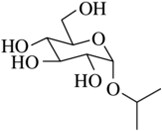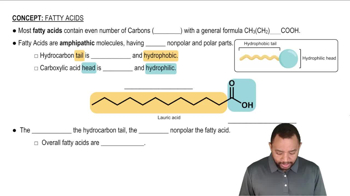Predict which member of each group is most soluble in water, and explain the reasons for your predictions.
b. chlorocyclohexane, cyclohexanol, or cyclohexane-1,2-diol

 Verified step by step guidance
Verified step by step guidance Verified video answer for a similar problem:
Verified video answer for a similar problem:


 1:47m
1:47mMaster Understanding “like dissolves like”. with a bite sized video explanation from Johnny
Start learning